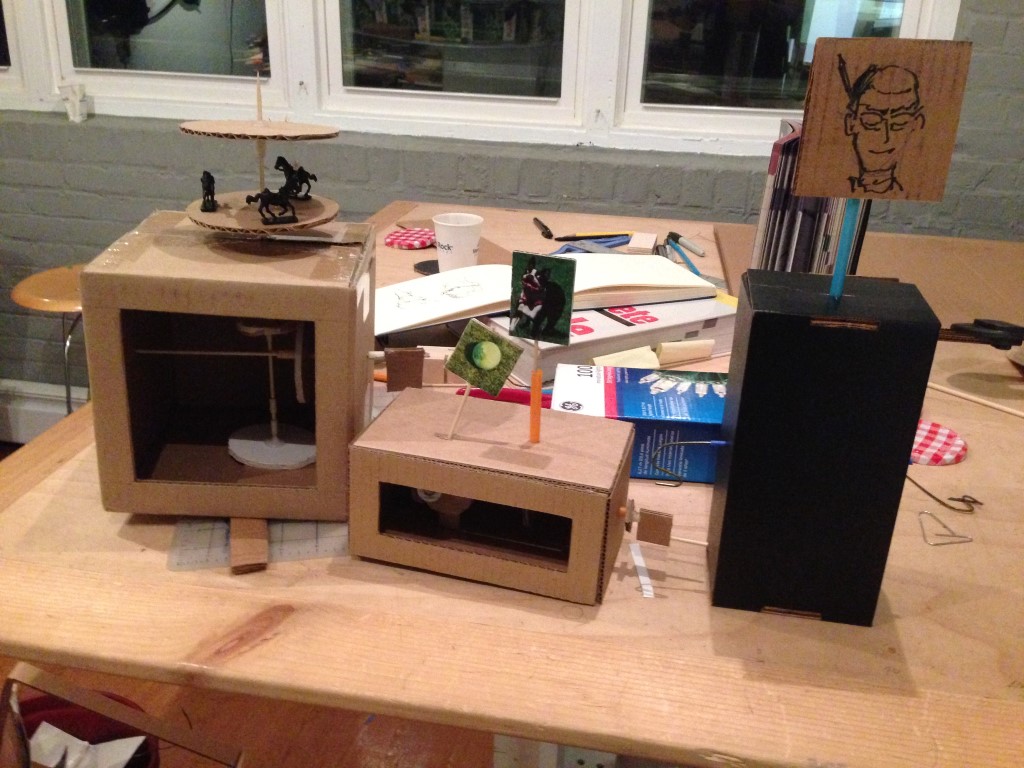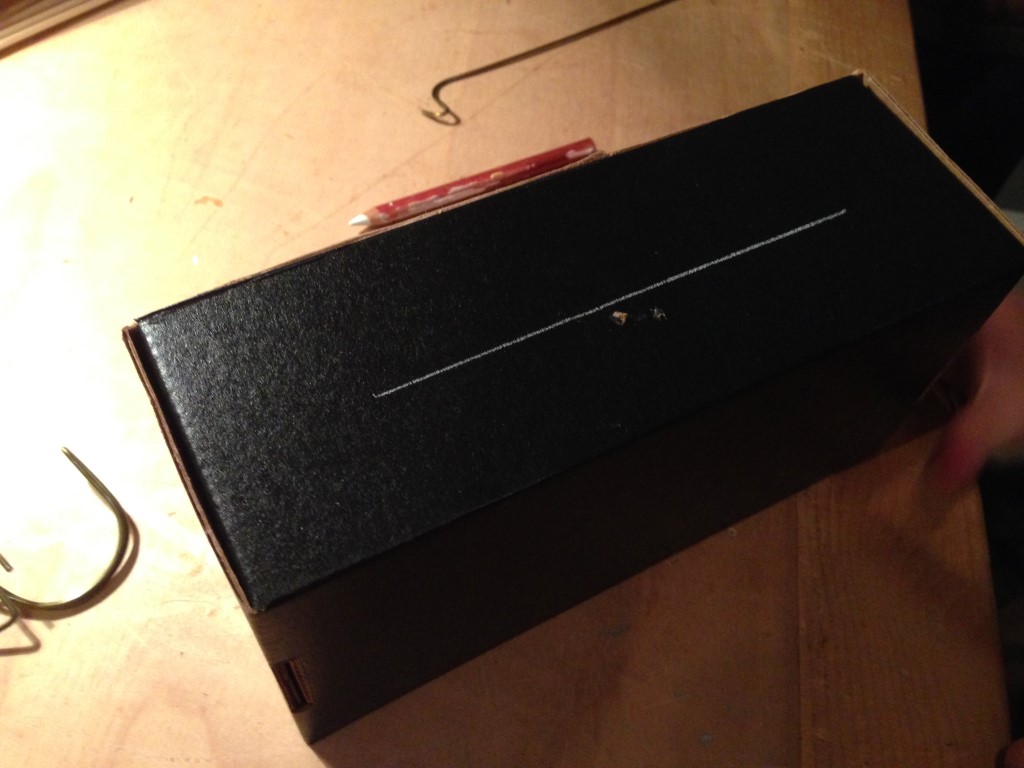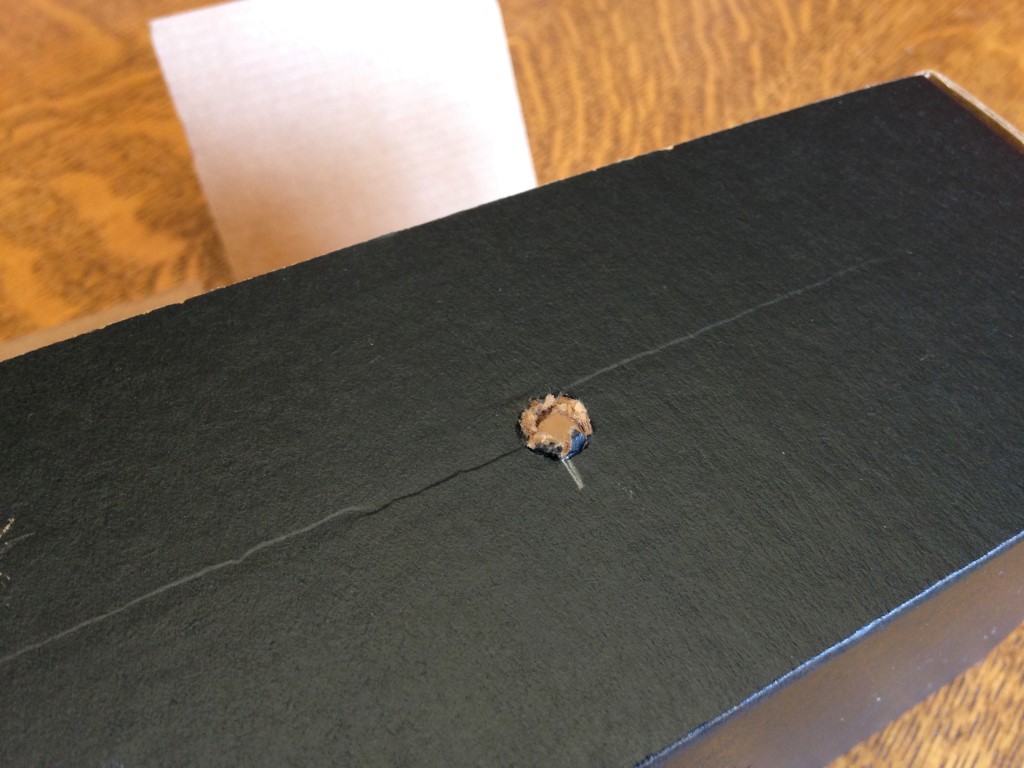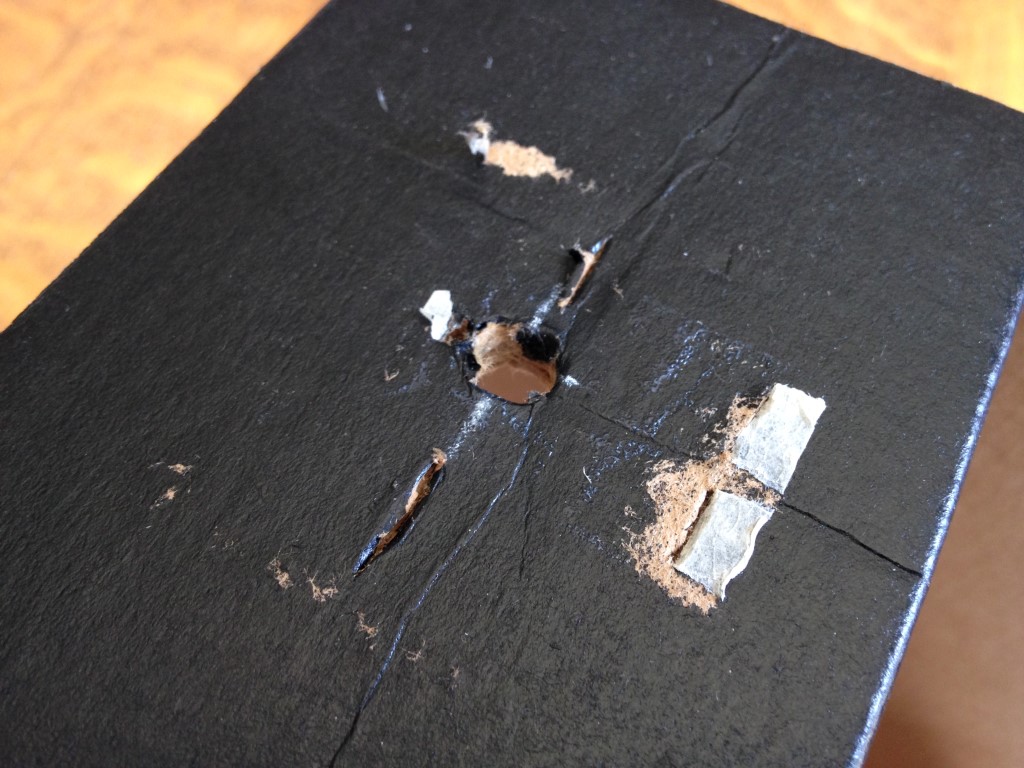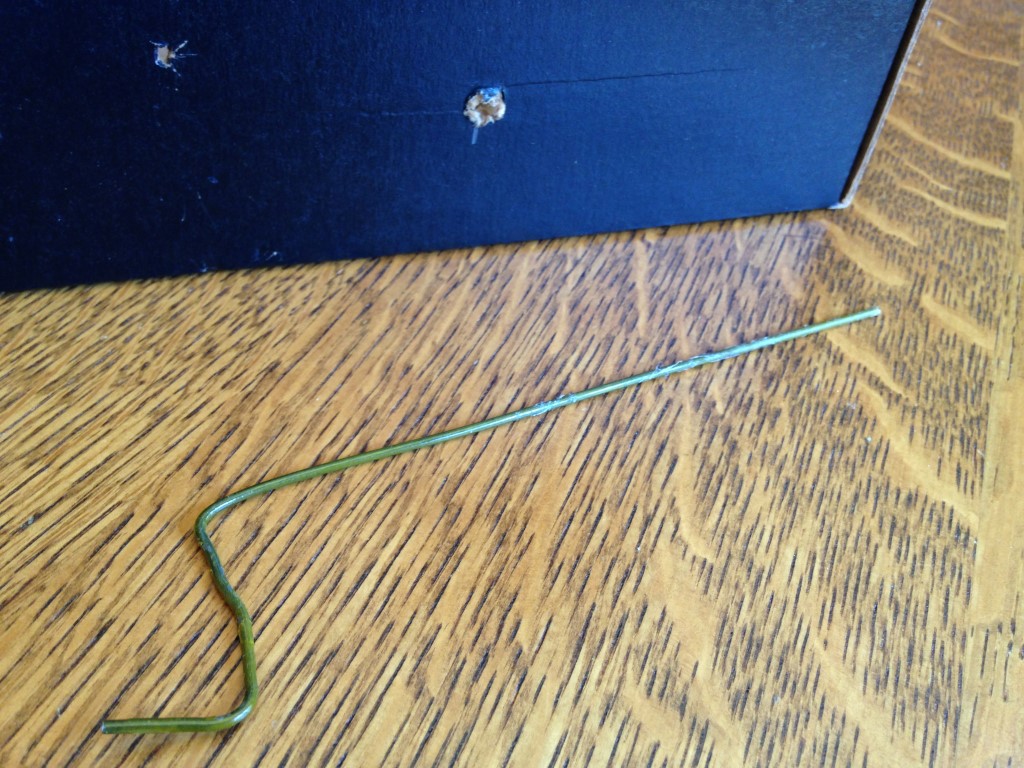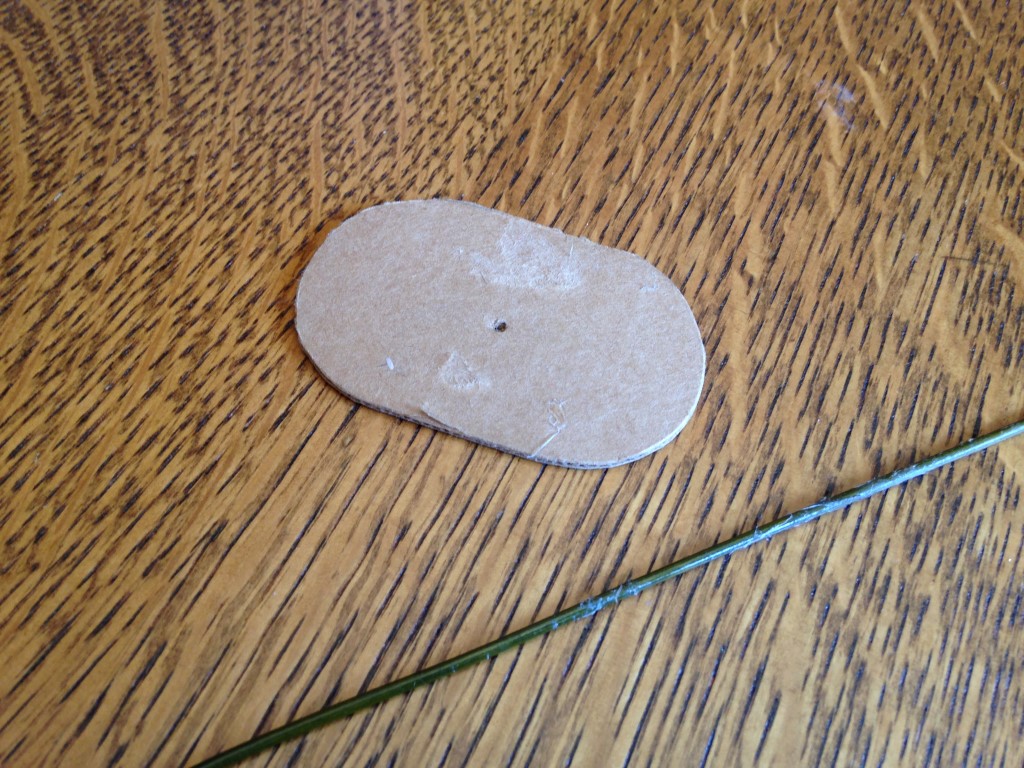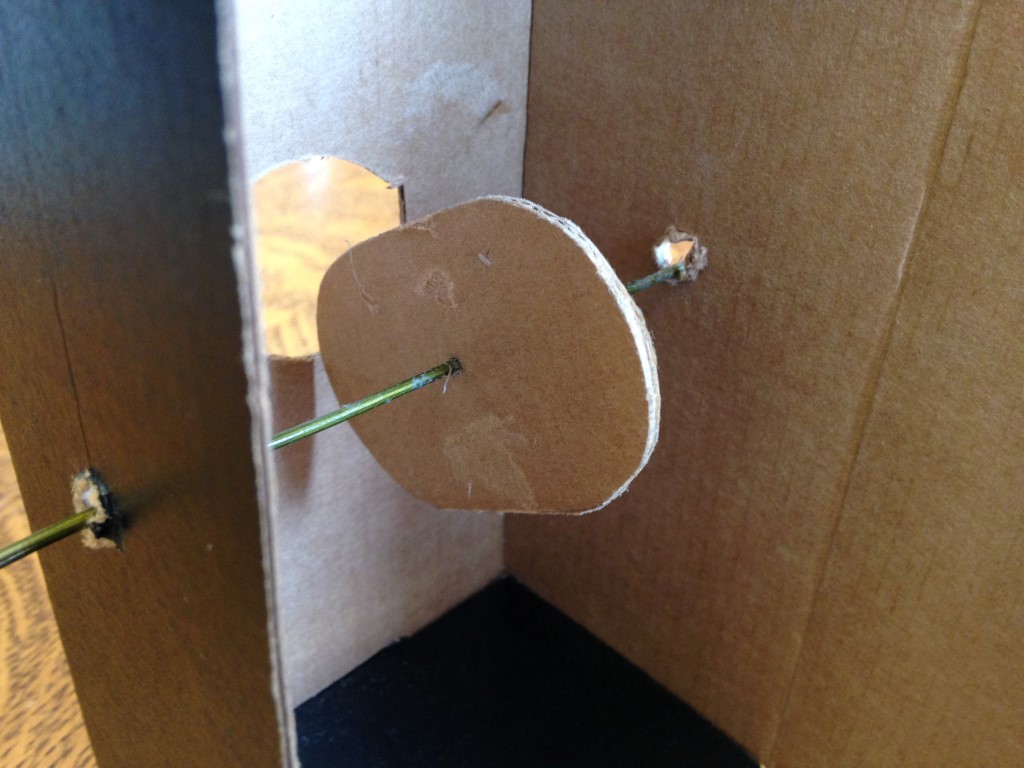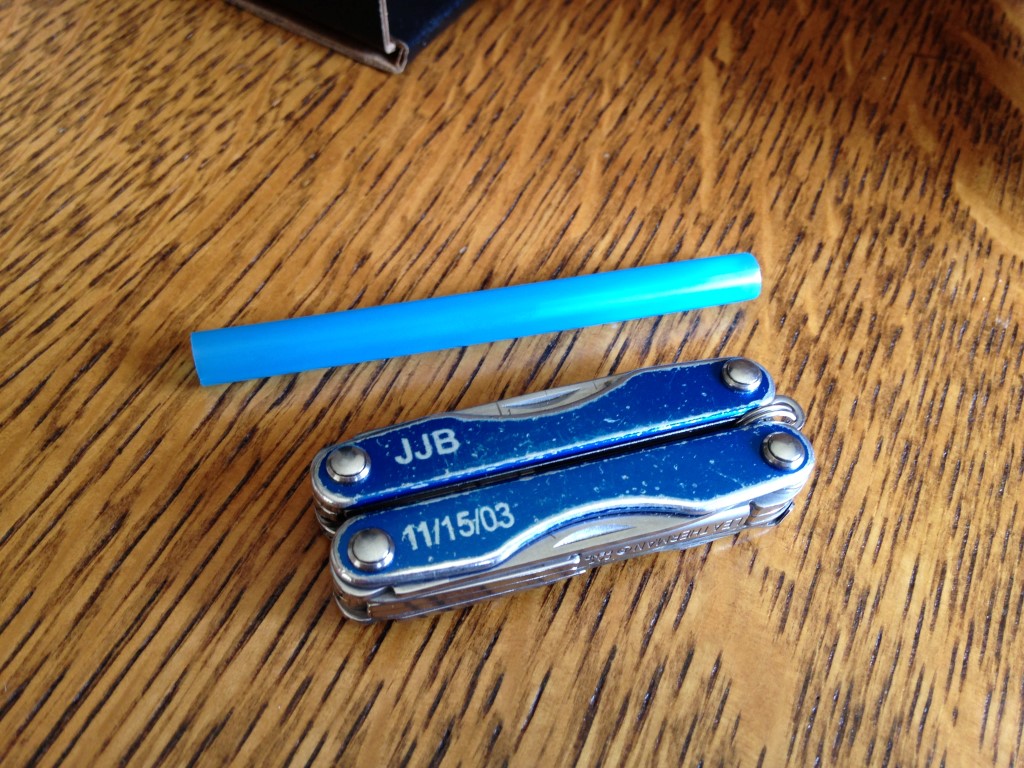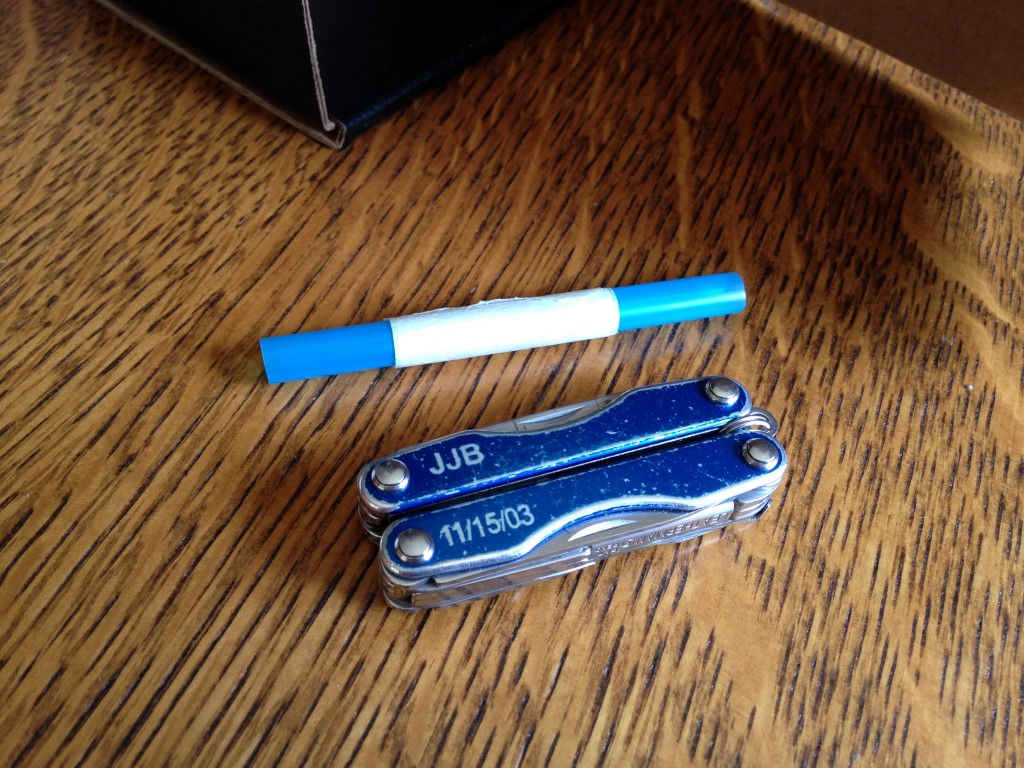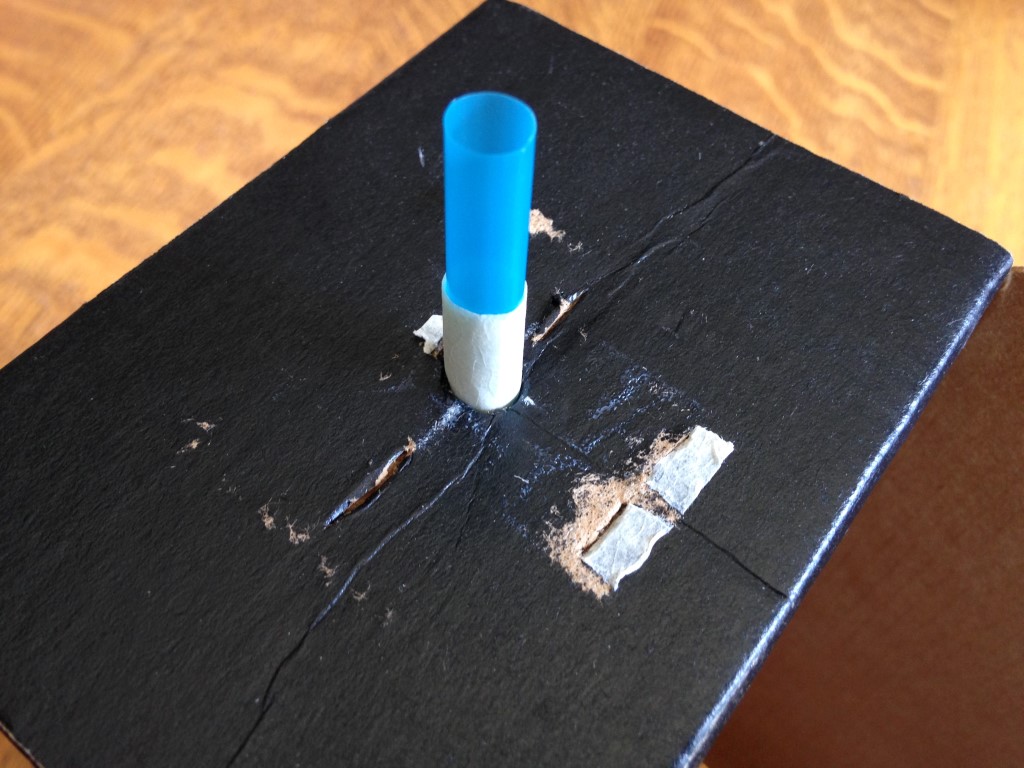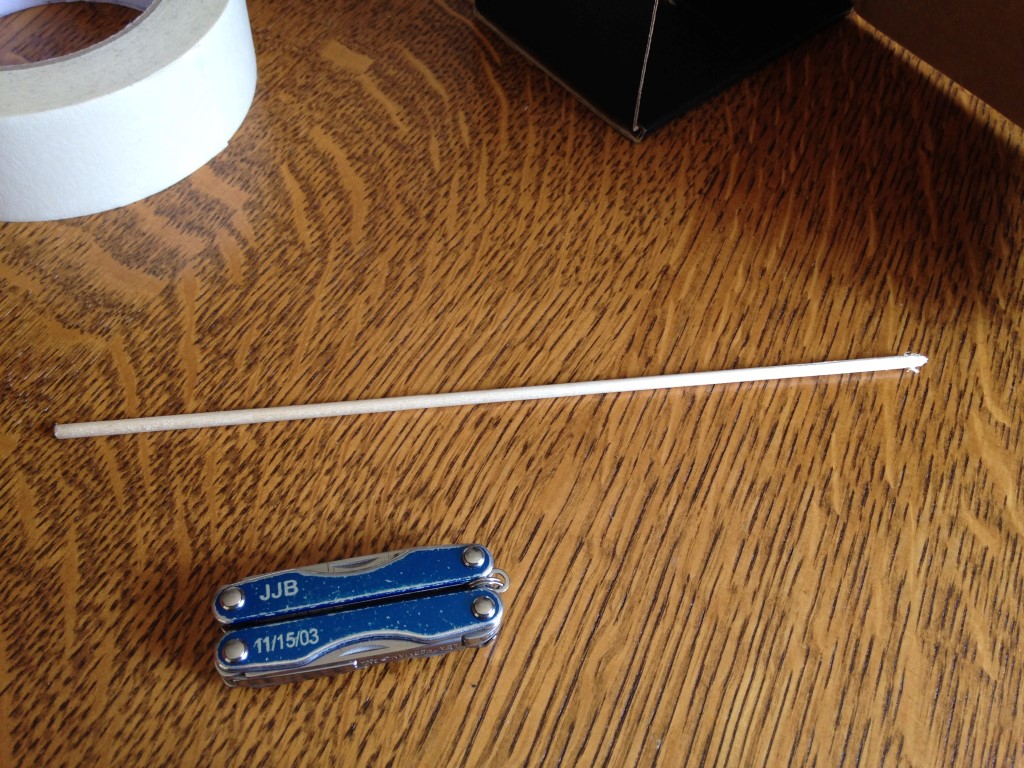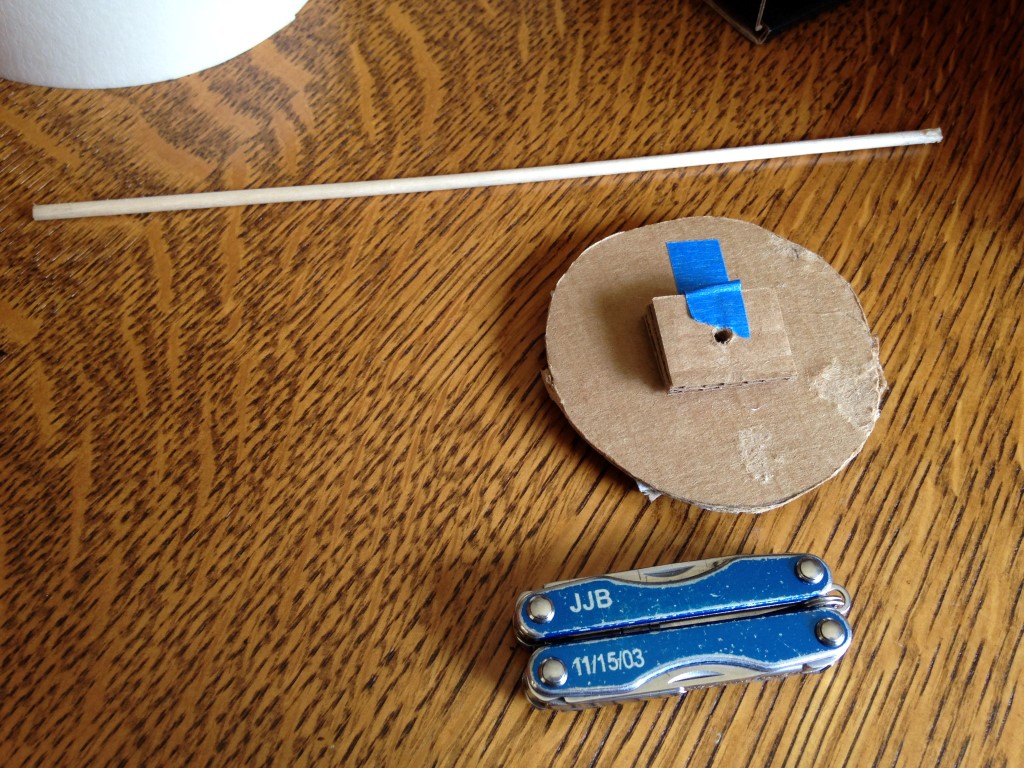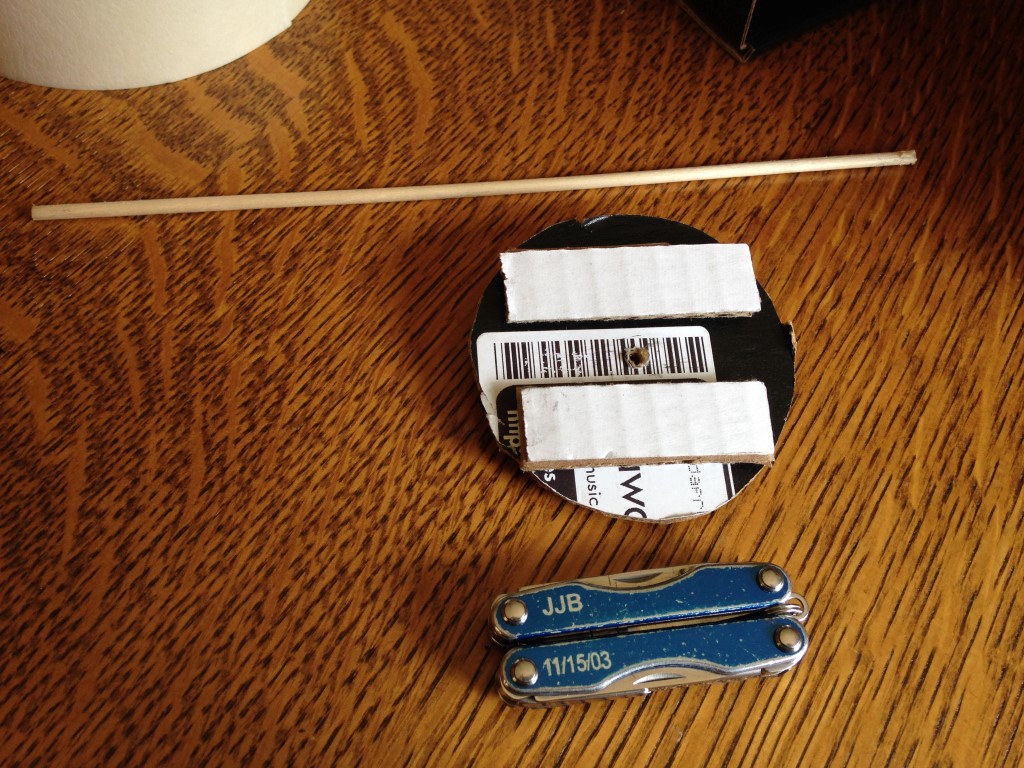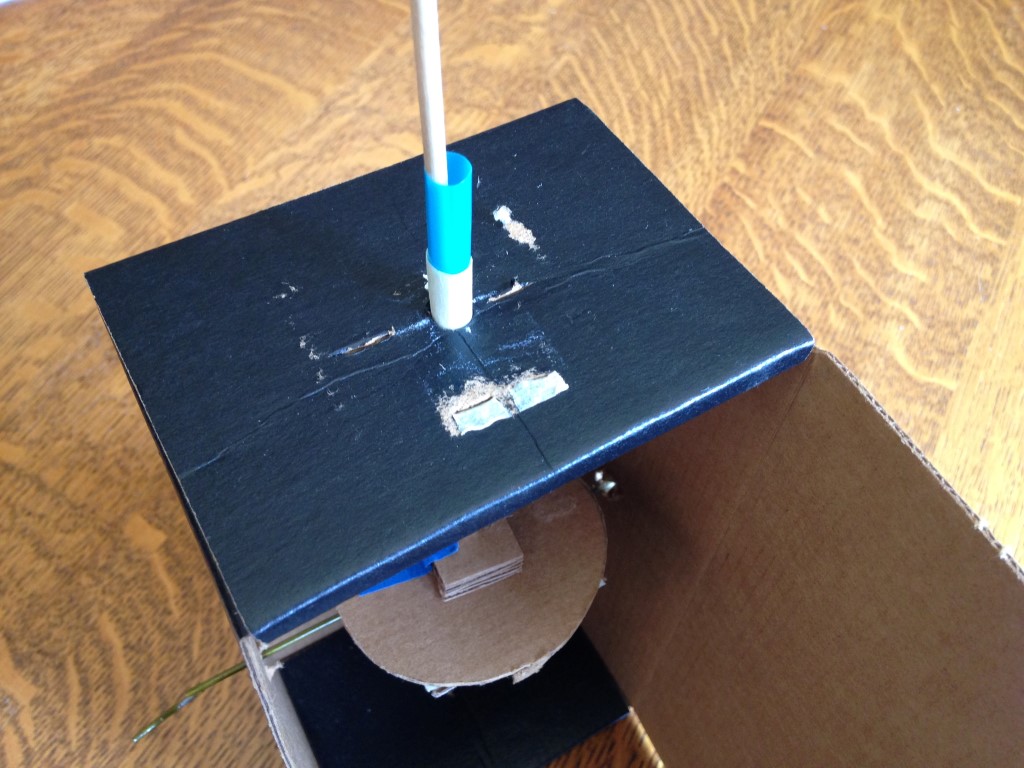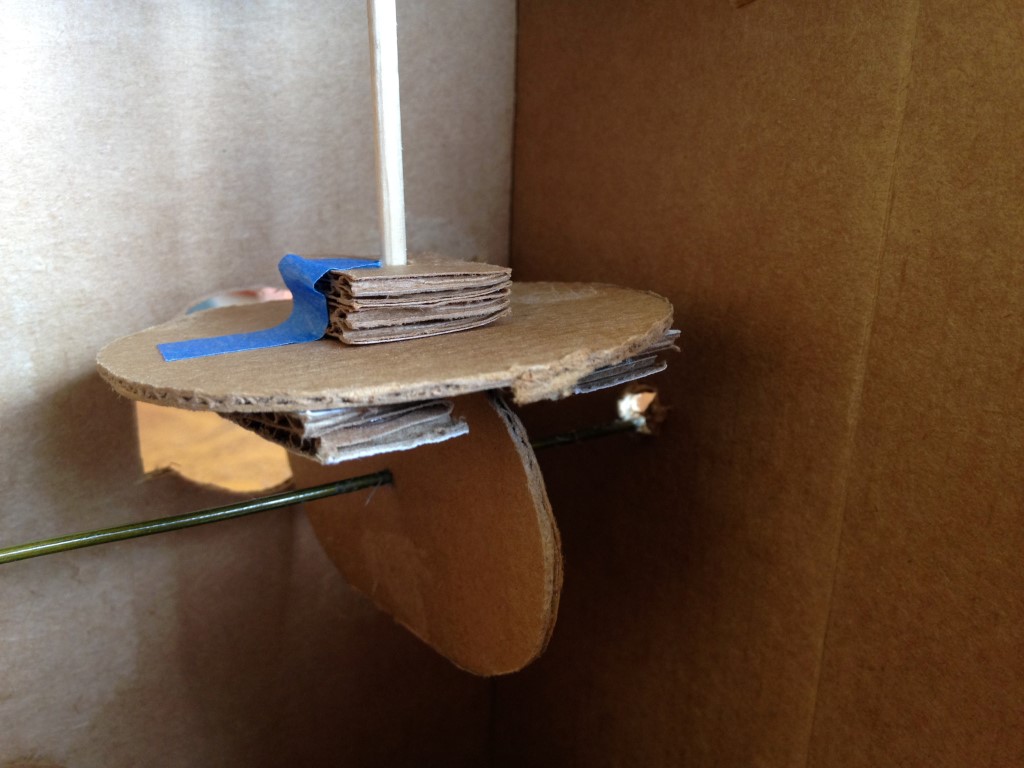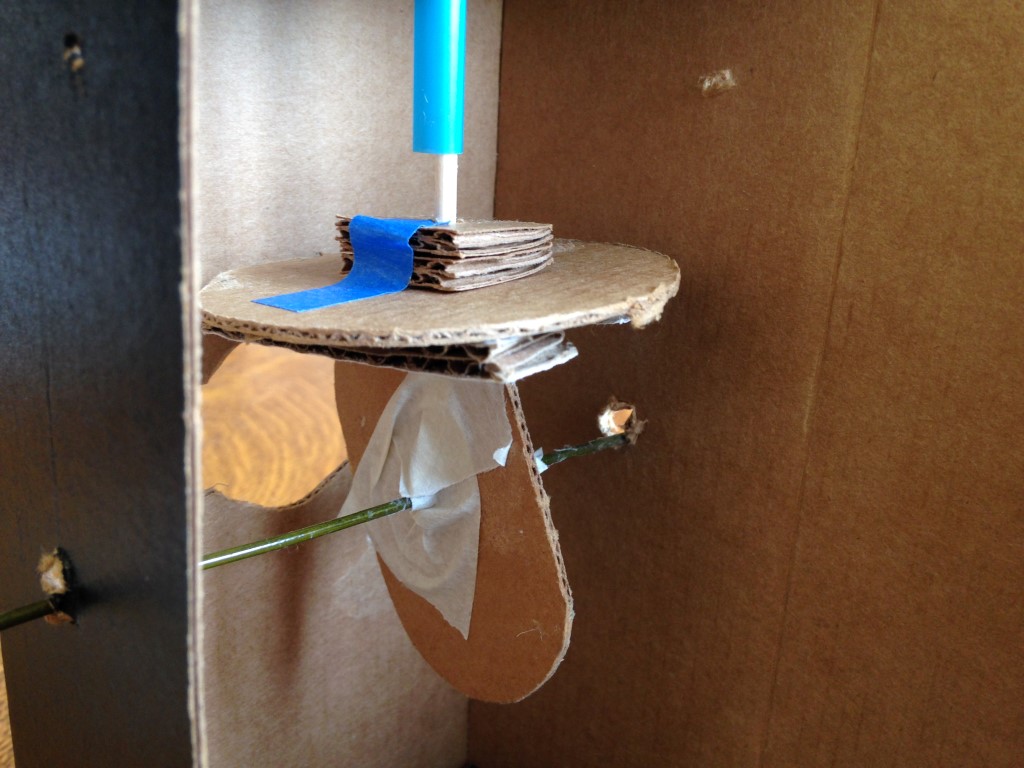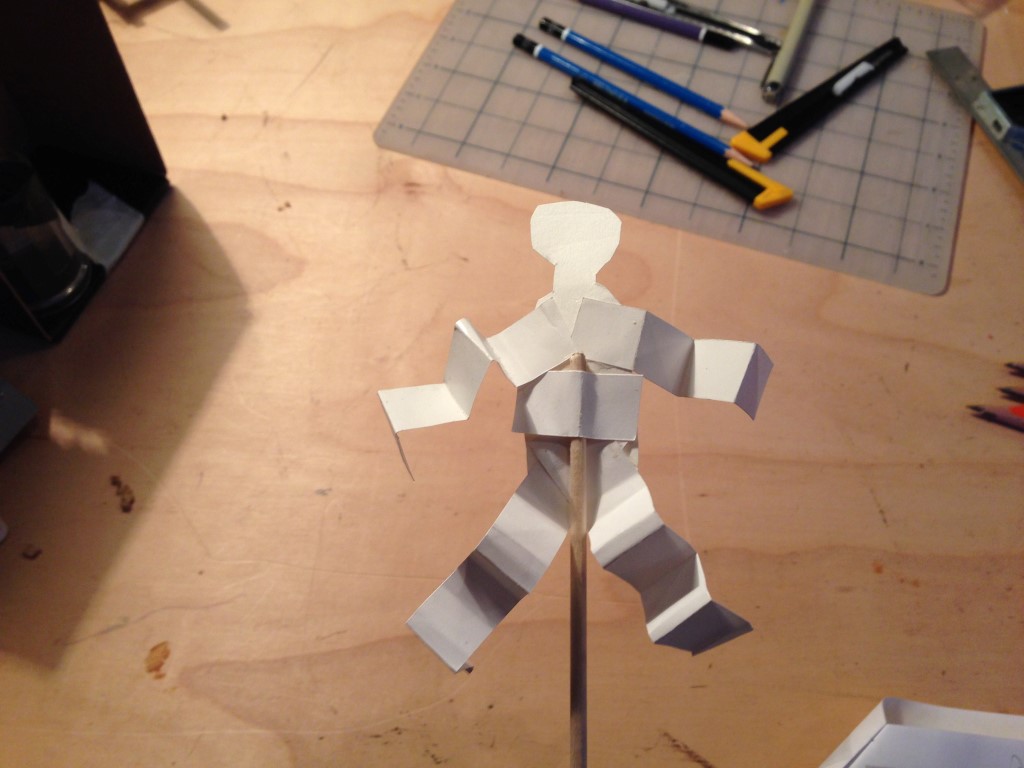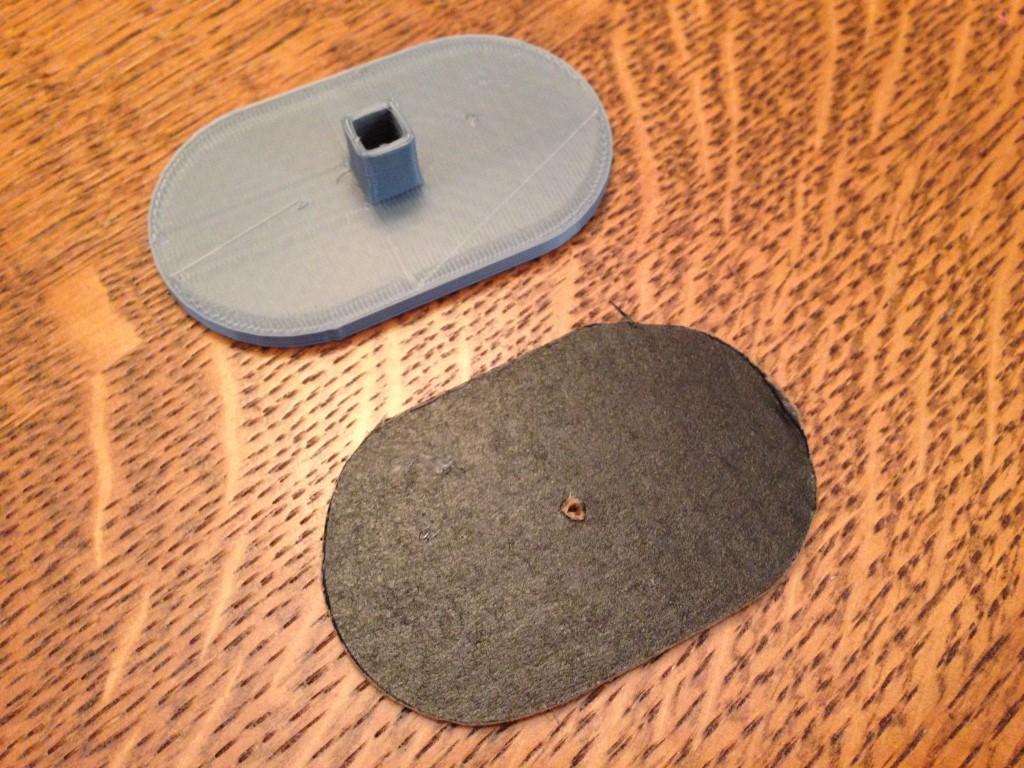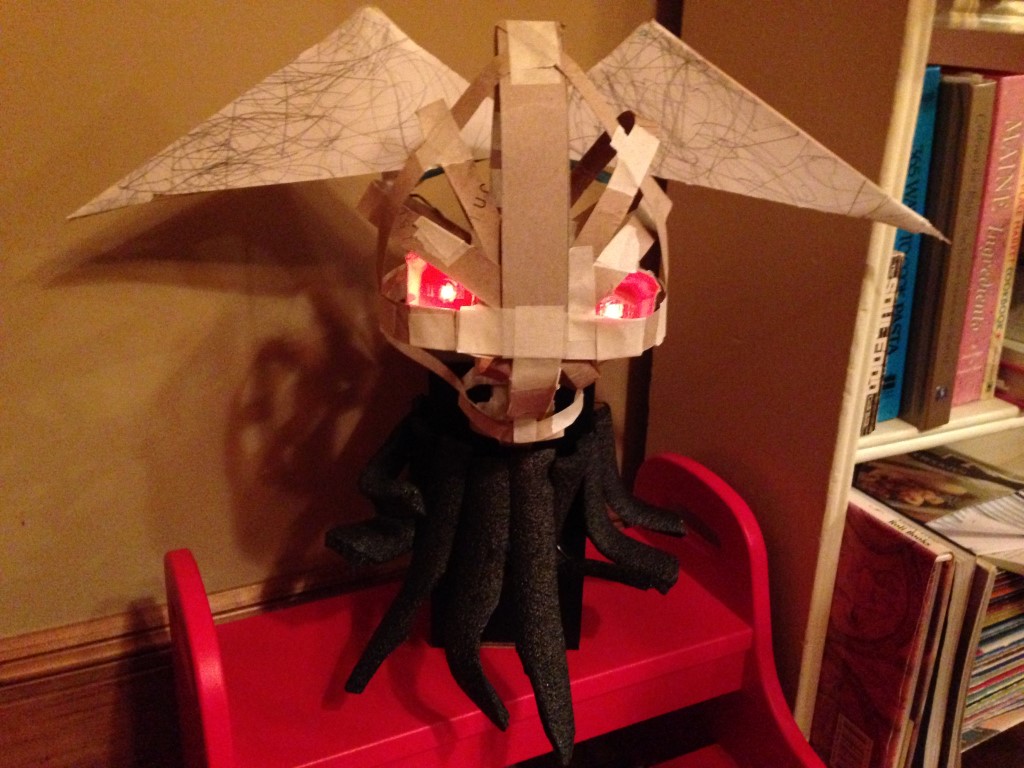[youtube https://youtu.be/ndRWsoCl6rk]
Perhaps the most famous automaton, the fabled Turk, ended up being a clever hoax, not a true automaton. To see an honest historical automaton, one needs to visit the Franklin Institute in Philadelphia, Pennsylvania, USA, where Maillardet’s Automaton is displayed. This automaton, built around 1800, is a masterpiece, able to write three poems and draw four drawings!
Our first cardboard automaton will be less ambitious than Maillardet’s Automaton but more real than The Turk. Building automata is a great engineering challenge that scales from child maker to adult in its complexity. It varies in the types of materials from which it is built and the story the automaton tells through the machinery’s movements.
Anyone interested in building automata should start by reading The Exploratorium’s helpful PDF on the subject. This guide contains a bill of materials for constructing cardboard automata as well as images of five different movements and the assembly of cams and cam followers necessary to achieve the motions. People interested in teaching others how to build automata should watch The Tinkering Studio’s archived Google Hangout on Making and Tinkering with Automata.
Our simple automaton will have a single oval-shaped cam, a cam follower with a simple addition that restricts its movement to up and down with a design more simple that The Exploratorium’s, and room to grow the automaton into something fantastic.



